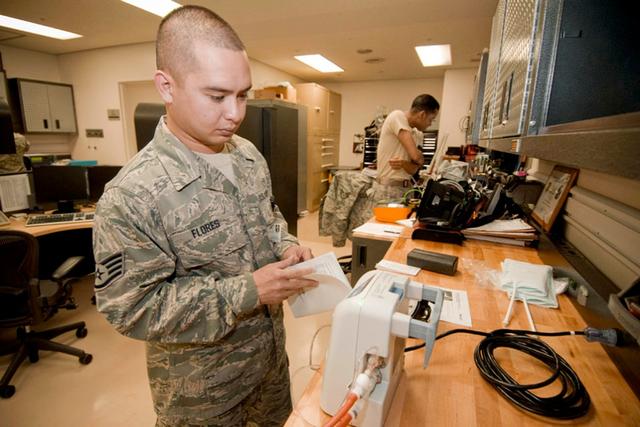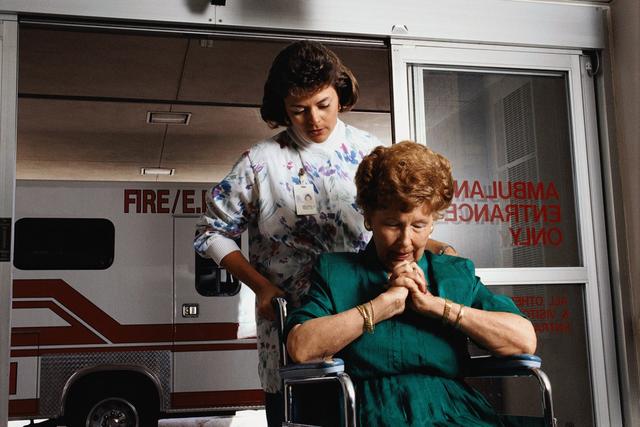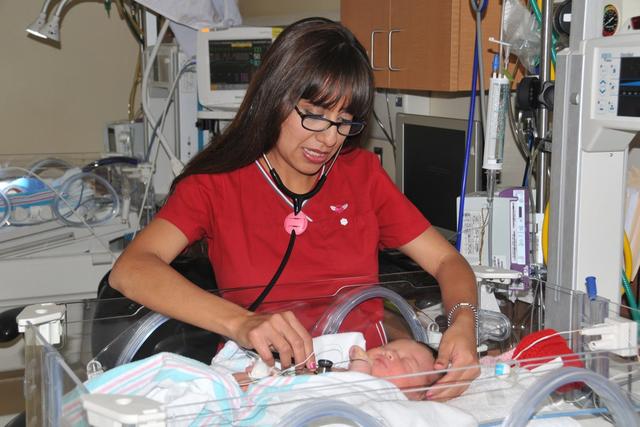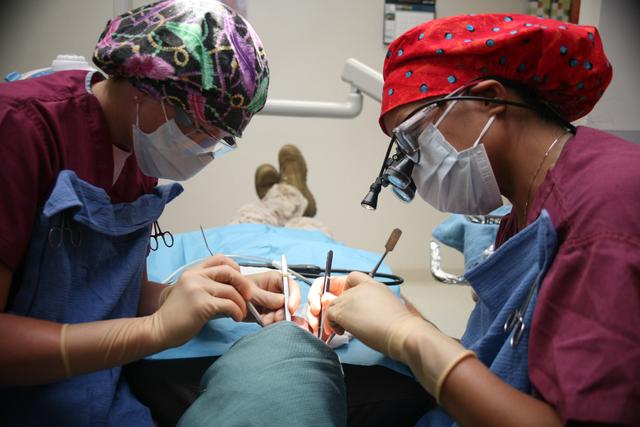Hospitalists
Overview

Introduction
Hospitalists are physicians who care for patients when they are hospitalized. They admit patients, perform medical procedures, design treatment plans, and communicate and coordinate care with patients and other hospital staff. They ensure that patients receive the care needed and coordinate resources for patients when they are discharged. Hospitalistshold either a doctor of medicine (M.D.) or osteopathic medicine (D.O.) degree. The Society of Hospital Medicine estimates that there are at least 44,000 hospitalists nationally. The soc...
Quick Facts
Median Salary
Employment Prospects
Minimum Education Level
Experience
Skills
Personality Traits
Earnings
The U.S. Department of Labor (DOL) reports that wages for physicians and surgeons are among the highest of all occupations. While the DOL does not specifically report earnings for hospitalists, it does report salary information for family and general practitioners and general internists. It reports that general internists had a median annual salary of $223,310, while family medicine practitione...
Work Environment
Hospitalists work in hospitals and other health care facilities. Depending on the size of the facility, there may be three to four hospitalists working the day shift and one or two working the night shift. Busy large hospitals may have even more.
Hours are long and can be erratic. Schedules may be challenging. Hospitalists may, for example, work 12-hour shifts (either day or night) for s...
Outlook
The U.S. Department of Labor does not provide an employment outlook for hospitalists. It does report that job opportunities for physicians and surgeons who work in hospitals will increase by 4 percent (about as fast as the average for all occupations) from 2023 through 2033. Employment prospects will be especially good for those who are willing to practice in rural and low-income areas because ...
















































































































































